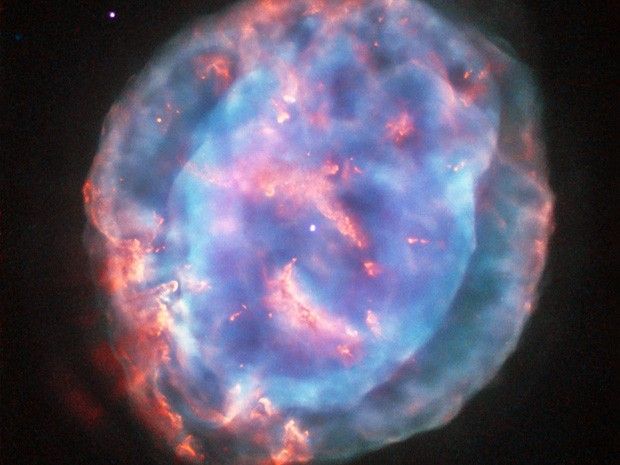The Little Gem Nebula, a.k.a. NGC 6818 by its more official moniker, resides in the constellation of Sagittarius, at a distance of about 6,000 light-years from us.
When compared to the vastness of the cosmos, this makes it one of our close neighbors.
The planetary nebula, recently imaged by the Hubble Space Telescope, formed when a dying star cast its outer layers into space. Thus, it's basically a massive cloud of ejected material, complete with filament-like structures and even layers.
Scientists estimate that, these days, the Little Gem Nebula measures around 0.5 light-years across.
The dying star that created it resides deep in its core, still coughing out material and birthing stellar winds that are in turn shaping the nebula, forcing it to become ever more elongated.
“This ejection of mass is uneven, and planetary nebulae can have very complex shapes,” scientists with the European Space Agency explain.
“The stellar wind from the central star propels the outflowing material, sculpting the elongated shape of NGC 6818,” they add.
The Little Gem Nebula was previously imaged by Hubble back in 1997, when the space telescope used its Wide Field Planetary Camera 2 to map the ionized oxygen and hydrogen comprising it.

 14 DAY TRIAL //
14 DAY TRIAL // 

